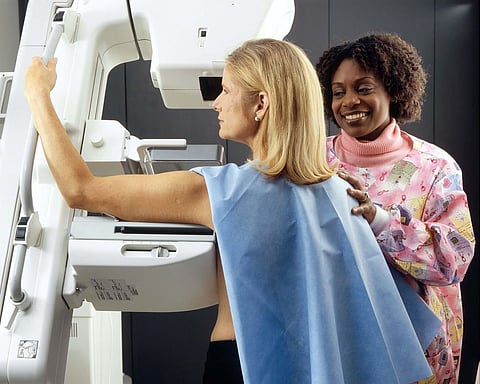They are discomfort and unattractive, but varicose veins can also be risky to our internal health. Untreated veins can blast and cause draining or excruciating ulcers. Sometimes, varicose veins may add to the advancement of blood clusters. These clots could reach our heart, causing prolonged medical problems. One of the dangerous side effects of varicose veins is that they can lead to ulcers. They frequently cause a dull ache, a substantial inclination, or a pressure close to the skin. Yet, in more severe cases, they can likewise cause ulcers.


